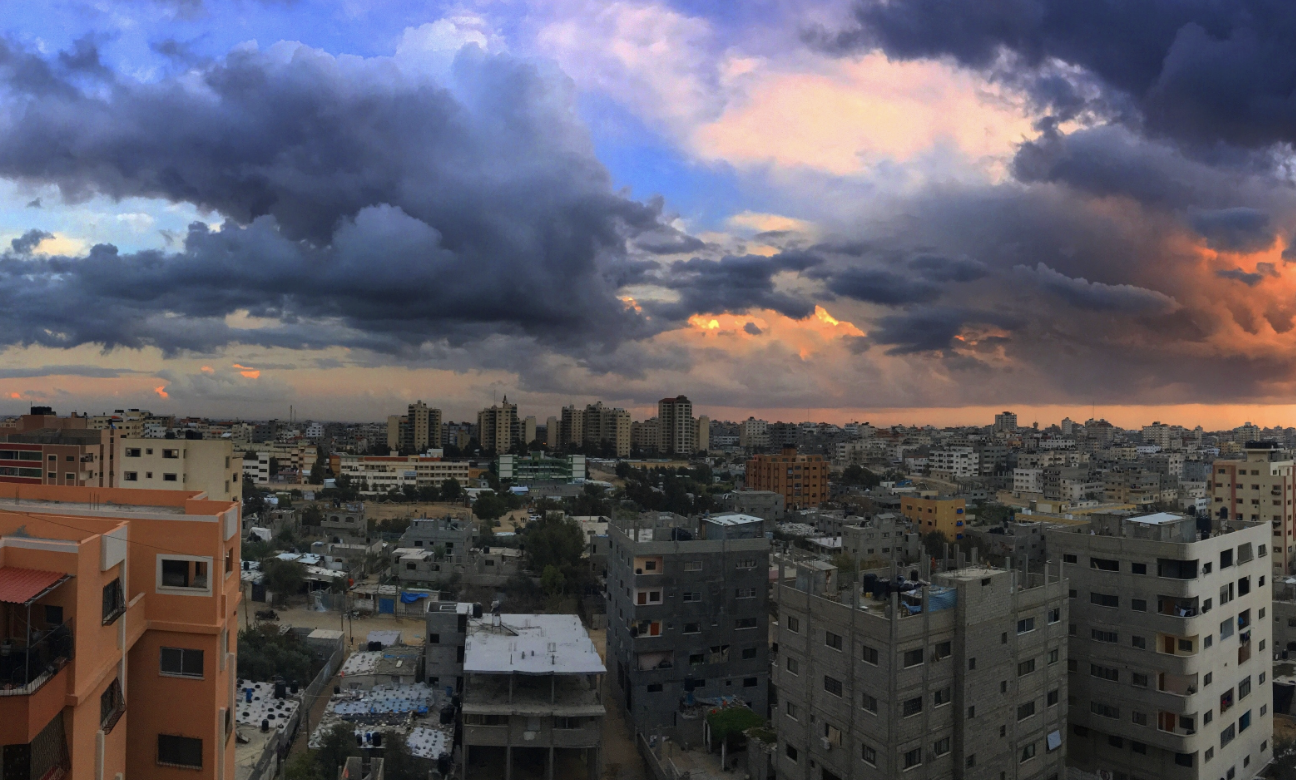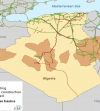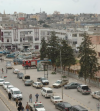While the economic outlook was already critical before the start of the conflict, it is severely affecting several fundamentals of the Palestinian economy. Since October 7, 2023, the level of economic activity has seen a drop of almost 50%, mainly due to the reduction in trade with Israel and constraints on the movement of goods and people, particularly in the West Bank.
While growth was estimated at +3.2% before the conflict, post-conflict GDP should be marked by a recession of –6.4%, according to the latest estimates from the World Bank. Despite the high level of human capital in its private sector, the Palestinian labor market is unable to absorb the growing labor force nor the 200,000 Palestinian workers in Israel whose permits are now suspended. The unemployment rate could increase by 13% to 30% in the short term in the West Bank and by 45% to 85% in Gaza.
The acceleration of inflation is also expected to increase in 2024: the consumer price index increased by +19% in January 2024 compared to January 2023, according to the Palestinian Central Bureau of Statistics, mainly due to of the situation in Gaza (increase of +72% in Gaza, +5.5% in the West Bank and +4.4% in Jerusalem).
The deterioration of the socio-economic situation in the Gaza Strip is particularly serious and worrying.
Gaza is historically less developed than the West Bank and East Jerusalem (GDP per capita of less than 2000 USD, compared to 4000 USD in the West Bank) and the conflict is causing a crisis of additional magnitude. According to World Bank assessments, more than 70% of infrastructure has been destroyed since October 7, 2023.
The alarming situation in the Palestinian Authority (PA) is placing additional pressures on the economic and financial system.
The AP is in fact facing triple pressure on its revenues:
1) The increasing withholdings, on the part of the Israeli government, on its customs revenues (clearance revenues)
2) the reduction in local tax revenues, by more than 50% due to the fall in economic activity
3) increased conditionality on international aid which has also decreased by almost 80% since 2010.
According to the World Bank, the budget deficit of the Palestinian Authority for the year 2023 amounts to 516 M USD (or 3% of GDP) while it was 106 M before the conflict. In this context, the PA uses local banks, which are increasingly exposed to the public sector.
Although the Palestinian banking sector is traditionally well capitalized, provisioned and supervised, the conflict poses risks to its overall sustainability and its ability to finance businesses in a context of potential credit crunch.
Captive in a climate of political uncertainty and increased exposure to risk, due to a lack of access to credit on the international market and in a context of drying up of foreign currency entry, banks are struggling to meet financing needs.
In the West Bank, the main risk for banks comes from loans from the 200,000 Palestinians who worked in Israel and whose permits were revoked (apart from 5,000 to 7,000 of them recalled to the agricultural sector). This loss of salary is a risk both for the repayment of these loans and for the financial survival of households.
Source: French Embassy in Israel








Réagissez à cet article